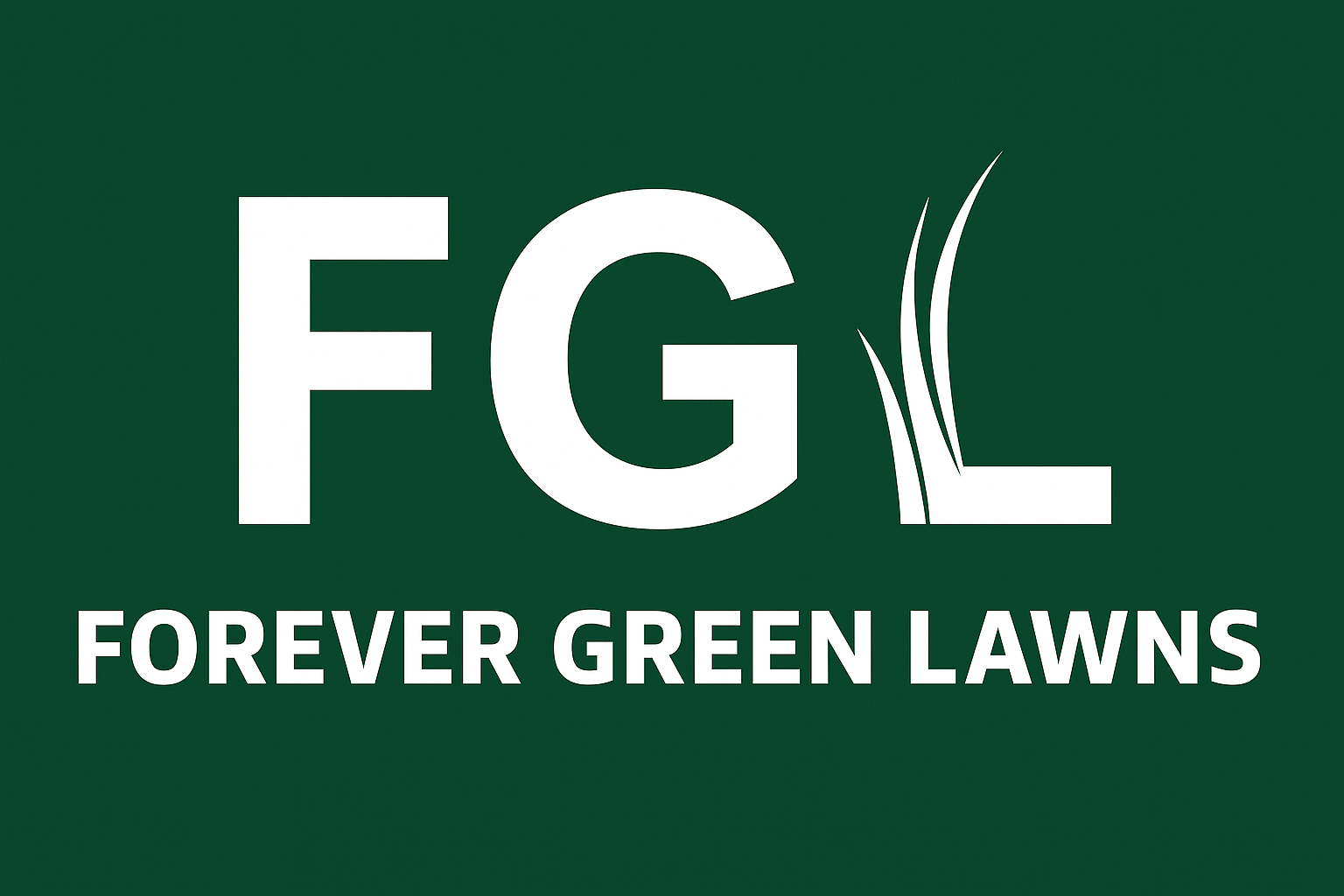 Add My Company
Add My Company
Sign In
A Historical Perspective on Artificial Lawns
17-08-2016

Many of us devote a considerable period of our free time to making sure that we have a perfectly manicured lawn. Whether you’re a green fingered individual or not, gardens can provide us with considerable enjoyment. There are some drawbacks however.
Our water consumption throughout the summer months rises exponentially. Throughout summers of recent past many areas of the UK have enforced hosepipe bans. Studies have shown that residential gardens and lawns are treated with considerable pesticides, just as agricultural plots are.
There is a wealth of drawbacks to treating your lawn with pesticides. Not only are they loaded with chemicals with destructive properties, pesticides have been linked to health issues.
For these reasons many homeowners are now choosing to lay their gardens with artificial grass. The labour required to maintain lawns is forgotten as is the threat of pesticides.
Artificial lawns were invented in the 1960’s. Lawns that required no maintenance were born. This tuft requires no mowing, no weeding or watering. More often associated with sports fields, the amount of residential and commercial application of artificial lawns has grown exponentially over recent years. The first synthetic turf was essentially carpet will short pile fibres. Over recent times manufacturers have concentrated on making any surface more environmentally-friendly and realistic.
The second generation of synthetic turf featured a sand infill, however the third generation turf features a recycled crumb rubber base, although sand is still used for weight. Today, synthetic turf has never looked more realistic. Brands that manufacture such products qualify for LEED (Leadership in Environmental Design) credits for water efficiency, materials, resources and recycled content.
Installing ad constructing artificial lawns is now easier than ever before. Those wishing to lay new lawns need first remove all vegetation in the designated area. A drainage base should then be fitted to drain excess moisture. The next stage is to lay the edges of the artificial lawn with edges and contours fitting the area, and finally you’ll need to secure the seam panels and add an infill for weight.
Artificial lawns have come a long way over the last few decades. Whether you choose to install an artificial lawn for sports purposes, or indeed if your intent on having a perfectly manicured garden, the benefits of artificial lawns are apparent.
For more information on A Historical Perspective on Artificial Lawns talk to Forever Green Lawns
Enquire Now
List your company on FindTheNeedle.

